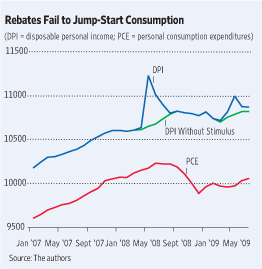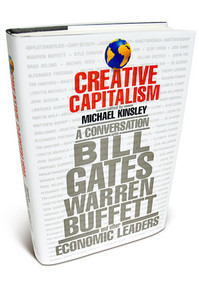(p. A13) My last question involves a little story. Not long before Milton Friedman’s death in 2006, I tell Mr. Becker, I had a conversation with Friedman. He had just reviewed the growth of spending that was then taking place under the Bush administration, and he was not happy. After a pause during the Reagan years, Friedman had explained, government spending had once again begun to rise. “The challenge for my generation,” Friedman had told me, “was to provide an intellectual defense of liberty.” Then Friedman had looked at me. “The challenge for your generation is to keep it.”
What was the prospect, I asked Mr. Becker, that this generation would indeed keep its liberty? “It could go either way,” he replies. “Milton was right about that.”
Mr. Becker recites some figures. For years, federal spending remained level at about 20% of GDP. Now federal spending has risen to 25% of GDP. On current projections, federal spending would soon rise to 28%. “That concerns me,” Mr. Becker says. “It concerns me a great deal.
“But when Milton was starting out,” he continues, “people really believed a state-run economy was the most efficient way of promoting growth. Today nobody believes that, except maybe in North Korea. You go to China, India, Brazil, Argentina, Mexico, even Western Europe. Most of the economists under 50 have a free-market orientation. Now, there are differences of emphasis and opinion among them. But they’re oriented toward the markets. That’s a very, very important intellectual victory. Will this victory have an effect on policy? Yes. It already has. And in years to come, I believe it will have an even greater impact.”
The sky outside his window has begun to darken. Mr. Becker stands, places some papers into his briefcase, then puts on a tweed jacket and cap. “When I think of my children and grandchildren,” he says, “yes, they’ll have to fight. Liberty can’t be had on the cheap. But it’s not a hopeless fight. It’s not a hopeless fight by any means. I remain basically an optimist.”
For the full interview, see:
PETER ROBINSON. “‘Basically an Optimist’–Still; The Nobel economist says the health-care bill will cause serious damage, but that the American people can be trusted to vote for limited government in November.” The Wall Street Journal (Sat., March 27, 2010): A13.
(Note: the online version of the interview is dated March 26, 2010.)




